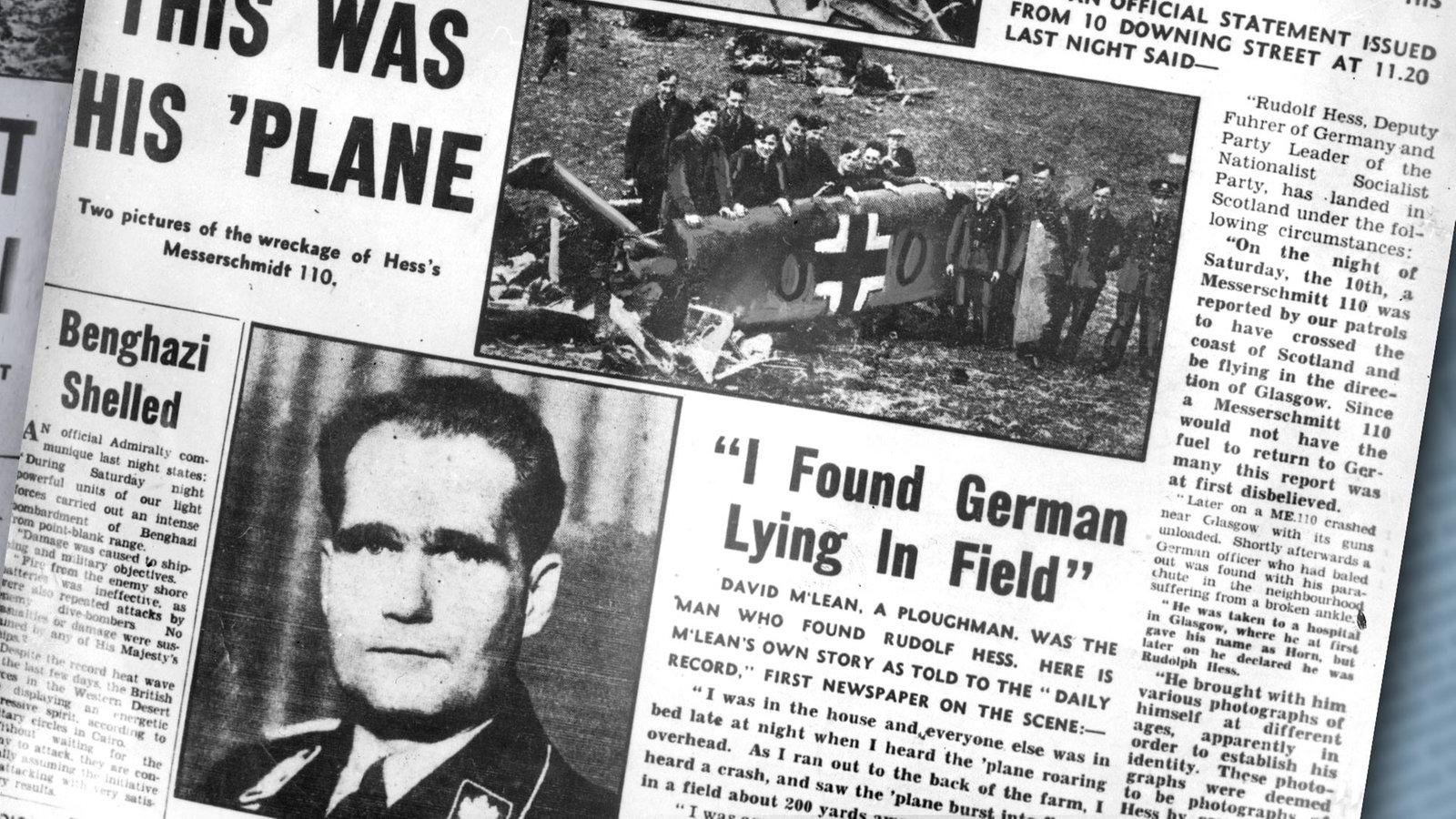Jagdflieger
Senior Airman
- 580
- Mar 23, 2022
As if I hadn't suspected just something like thatI know. It was a shout out of sorts to John Vasco and Jagdflieger.

10. Mai 2006 - Vor 65 Jahren: Rudolf Heß fliegt nach Großbritannien
Vor 65 Jahren: Rudolf Heß fliegt nach Großbritannien
Regards
Jagdflieger
